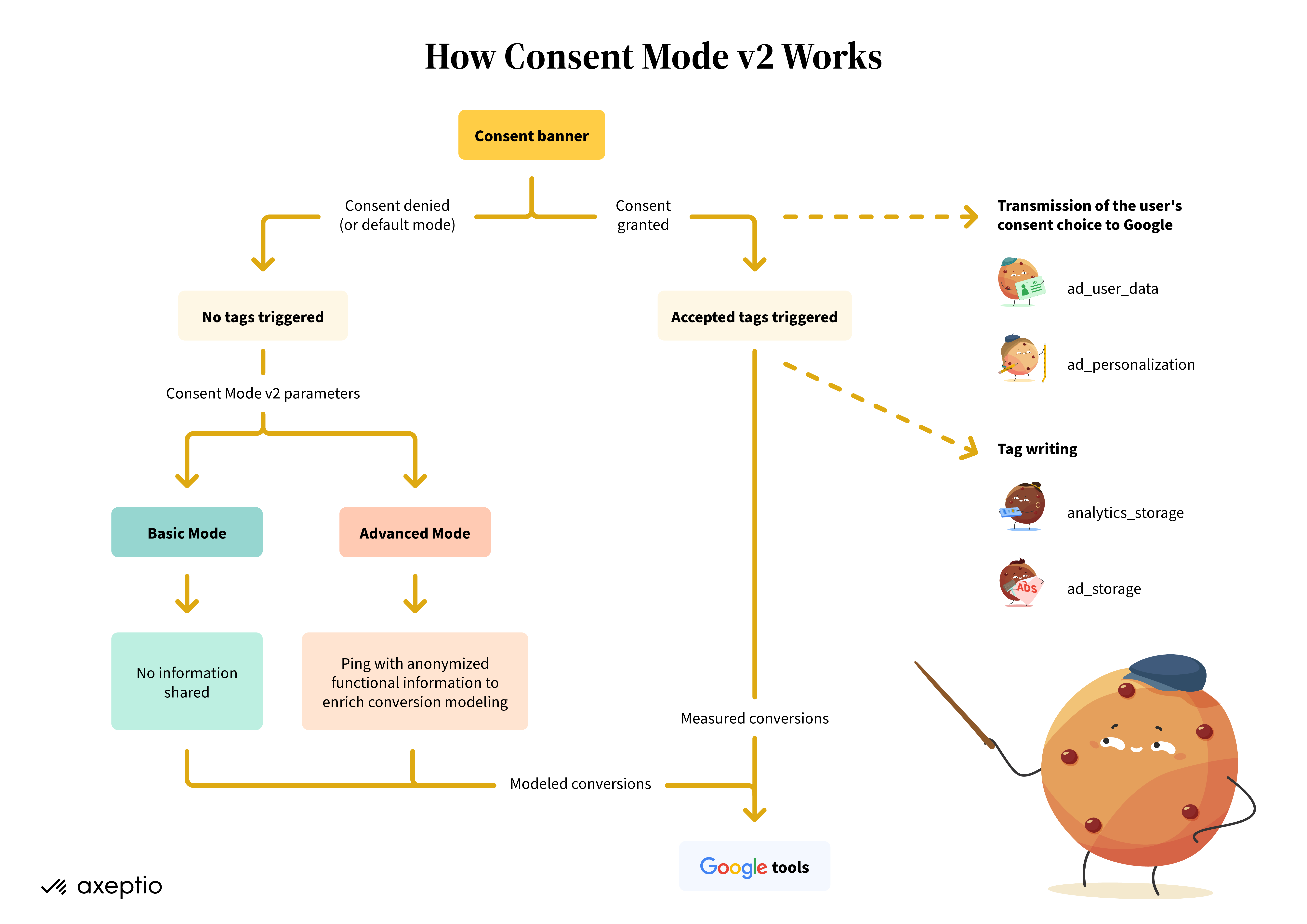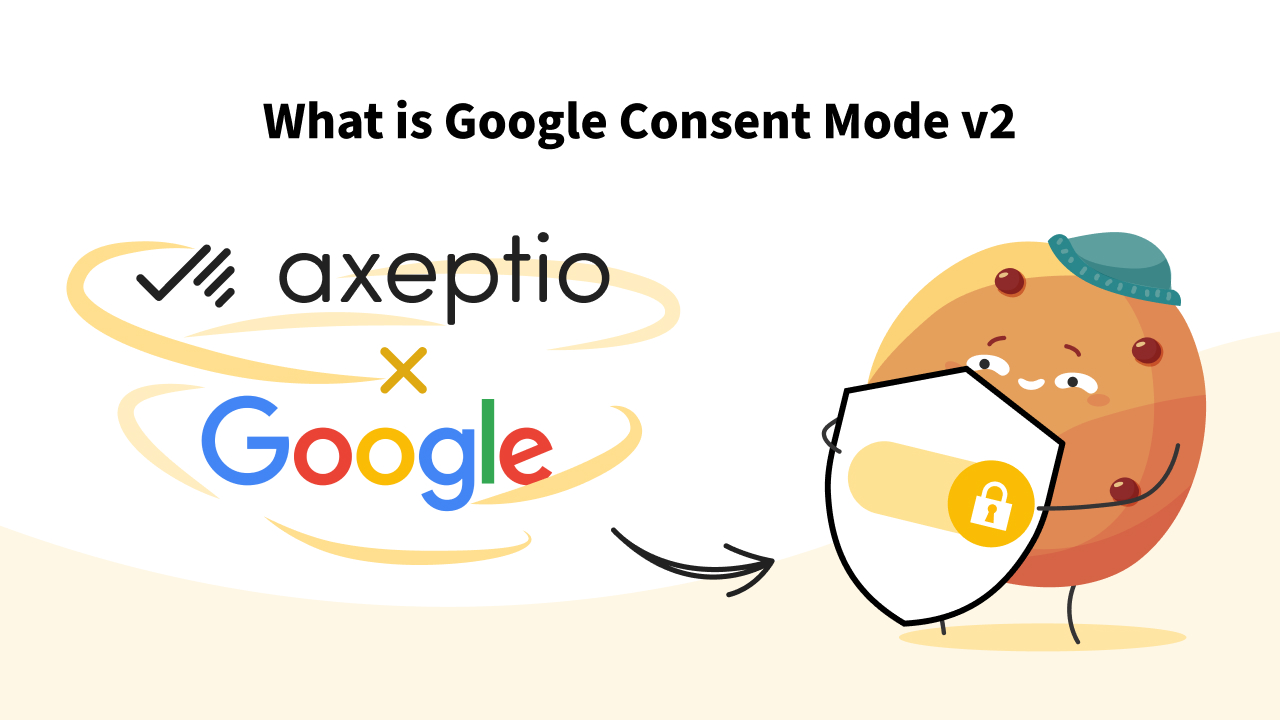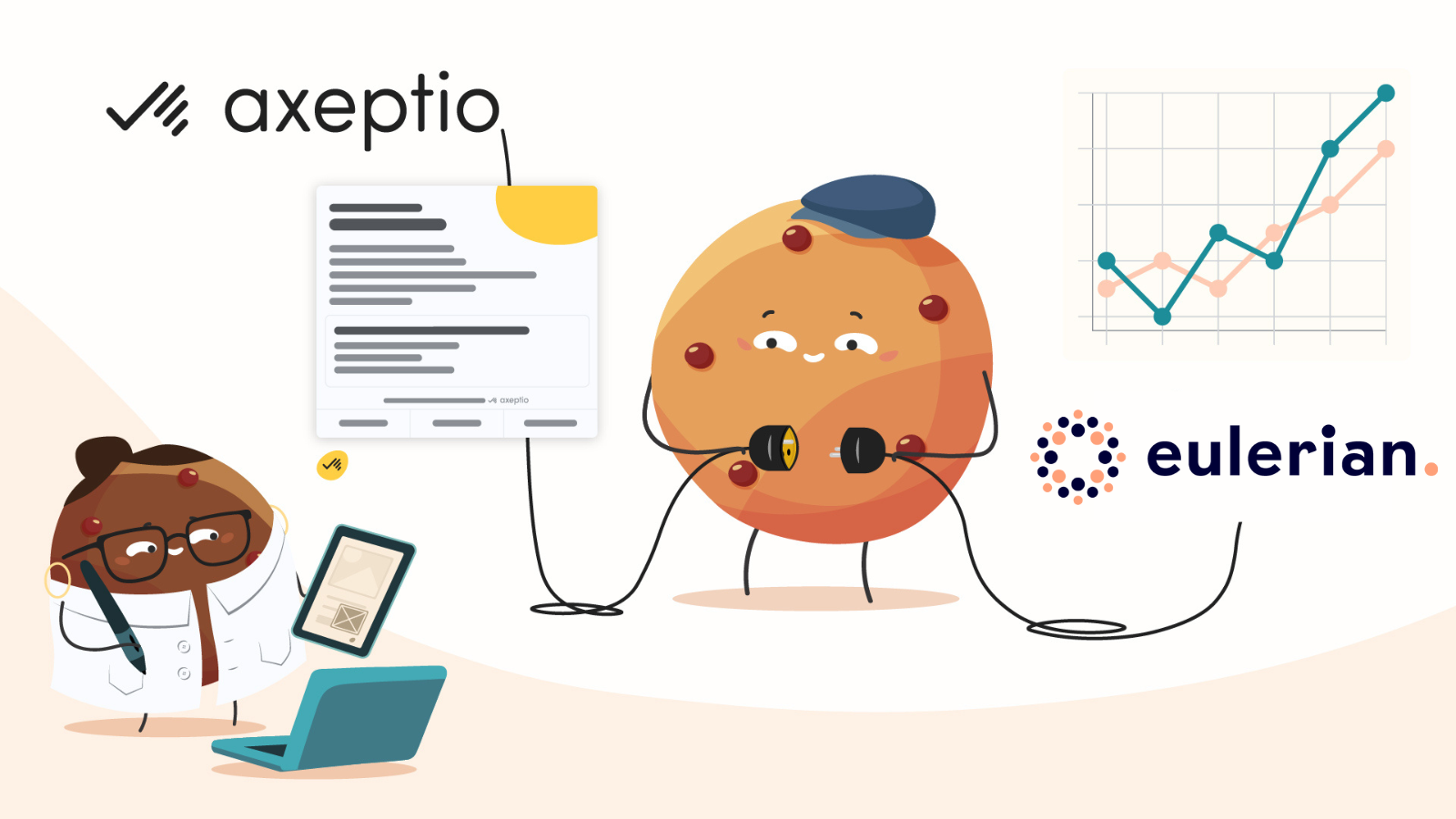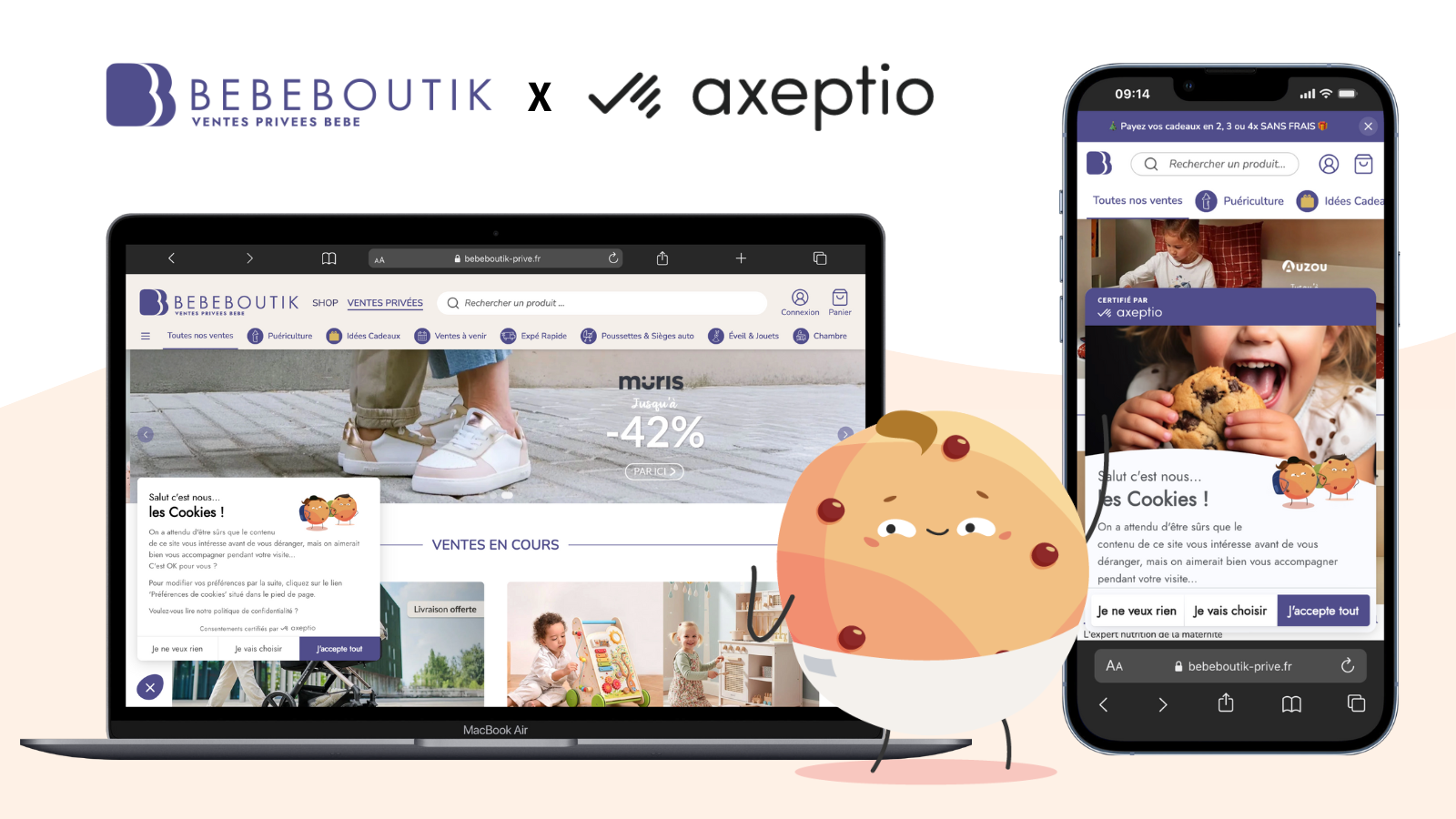The updates to Google services to comply with the European DMA regulations are reshaping data collection and tool configuration. For your compliance and the seamless operation of Google's data collection tools, implementing Consent Mode v2 is essential before March 6, 2024.
Axeptio is fully compatible with Google Consent Mode v2.
- If your users are located in the EEA (European Economic Area), including the 27 EU countries, Iceland, and Norway, and you use Google's marketing tools, Consent Mode v2 is a necessary configuration. The Consent Mode v2 is also mandatory in Switzerland upwards 2024, July 31st.
- Axeptio offers two integration modes with Google Consent Mode v2 ➡️ Read our support article.
A Regulatory Context Shift: The Implementation of the Digital Markets Act (DMA)
The Digital Markets Act (DMA), designed by the European Commission, aims to regulate the digital ecosystem in the face of dominant players.
The DMA aims to hold major market players accountable, especially regarding practices related to user-consented data collection.
On July 3, 2023, the European Commission designated certain platforms as "gatekeepers." Google is listed as a "Core Platform Service," and several of its services are affected. Compliance with the DMA is expected by March 6, 2024.
In late November 2023, Google introduced Consent Mode v2 to meet DMA expectations. It's an update to the existing Google Consent Mode (v1 introduced in September 2020).
Who is Affected by DMA and Google Consent Mode v2?
The Digital Markets Act applies to organizations or businesses whose end-users are in the EEA (European Economic Area), including the 27 EU countries, Norway, Iceland, and Liechtenstein.
You are affected by Consent Mode v2 for both web and mobile applications if you have users in the EEA and use Google tools (Google Ads, Google Analytics, Search Ads 360, Display & Video 360, etc.).
Google Consent Mode v2 concerns all users of Google tools.
How Consent Mode v2 Works
To comply with DMA regulations, Google will need to collect consent signals to use across various platforms. Consent Mode v2 will enable Google to ensure that the collected data comes from users who have given their consent.
Several steps are involved:
- Obtain user consent through a consent banner, likely similar to the configuration you have with Axeptio as your CMP.
- Transmit consent signals via Consent Mode v2 to Google's analytics and media tools—this is the new step added to the existing process.
- Tags can trigger based on the consent signals received.
If Consent Mode v2 is not configured, the consequences for advertisers are currently unclear. Initially, limitations may be on advertising platforms (audience targeting, retargeting, performance measurement, etc.). Google's documentation is still in progress.
Google Analytics is a special case. Unlike other audience measurement tools on the market, Google Analytics is not exempt from consent (source: CNIL, September 15, 2023). Consent Mode v2 will likely be required for Google Analytics.

How to Implement Google Consent Mode v2
Implementation and effective configuration of Consent Mode v2 for Google tools are expected before March 6, 2024.
Several options are available, with increasing complexity:
* Installation using a tag manager like Google Tag Manager. ➡️ See Axeptio's support article
* Manual installation via Gtag.js in JavaScript. ➡️ See Axeptio's support article
What is Consent Mode?
Consent Mode is a Google tool that models user conversions. Users who haven't given their consent cannot be measured, creating a challenge for marketing organizations in campaign management. Consent Mode aims to model missing data based on collected data, approaching the reality of conversions. Google's Consent Mode project began in September 2020, with a V1 beta version.
How Consent Mode v2 Works
For its operation, Consent Mode v2 introduces four parameters valid for both websites and mobile applications (tags and SDK) :
|
TAG TYPE |
USES |
|
Analytics Storage |
Information storage for audience measurement |
|
Ad Storage |
Storage of information for advertising |
|
Ad Personalization (introduced in v2) |
Definition of user consent status for personalized advertising |
|
Ad User Data (introduced in v2) |
Set user consent status for sharing data with Google for ad targeting |
The consent banner remains at the heart of the system, responsible for collecting the user's consent choices.
Before consent is granted, or if it is refused by the user, two configurations are possible:
- Basic Consent Mode: no tag is triggered and no data is written, consulted or shared.
- Advanced Consent Mode: no tag is triggered, but anonymized functional information is transmitted to Google's ping tools (browser, url, date...) to be used by Google for conversion modeling.
In both cases, the status of consent is transmitted to and taken into account by Google's tools.
When consent is granted by the user, the choice of consent is transmitted to the Google tools concerned and the collection of data by tags is triggered.







